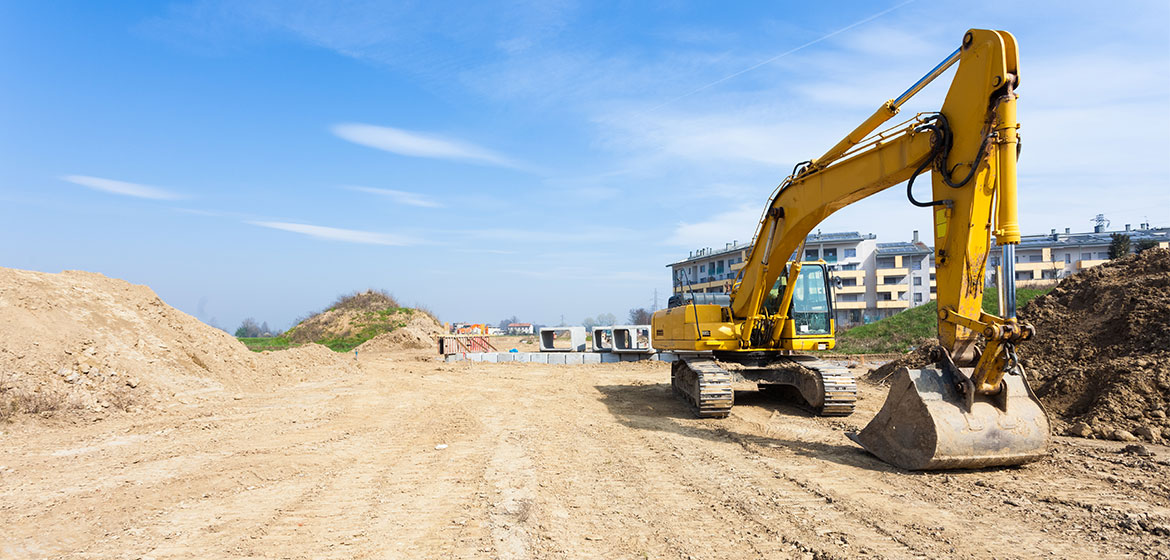Learn About Building Code Change & Complexity

Anyone looking to construct a new structure or make improvements to their property must wade through the maze that is the building inspection and permit procedures.
Municipal agency monitoring of building construction has become incredibly difficult in recent years. With increased risk management evaluation and the inspection of the risk management industry, familiarizing ourselves with building codes will make the process of permit application a smoother one.
The Roles in Ensuring Building Safety
Until recently, the built environment’s impact on the public’s safety, health, and welfare was managed by licensed experts, primarily architects. These experts faced a challenge in creating places that would have enduring beauty and quality. Architects had the most extensive accreditations in the field for designing and comprehending concerns connected to suitable and well-created building planning.
Legislative policy, however, has now shifted that authority away from the engineering and design professions to other parties instead. Despite having less comprehensive or relevant education and training, new authority has been granted to individuals like code enforcement officials and building contractors.
The Basics of Modern Building Codes
The modern “model” building code was created in the early 20th century, following the wake of disastrous fires in cities like San Francisco, Chicago, Baltimore, and others. Following these fatal occurrences and the financial costs to insurance underwriters and property owners who misjudged their risk situations, local governments started to develop stringent regulations designed to protect both life and property.
Early versions of the contemporary building code specified noncombustible construction methods, the use of fire suppression equipment, and safe departure procedures. The majority of the nation has since embraced independent model codes like the International Building Code, which is currently in effect throughout the Commonwealth of Pennsylvania. Chicago is still one of the only areas in the US to have its own building and life safety code.
The building code has expanded in recent years to include a wide range of controlling rules for the construction industry that go far beyond conventional fire disaster-related laws. It currently includes accessibility standards, indoor air quality requirements, building energy efficiency benchmarks, and seismic design guidelines. In actuality, there are no less than 15 separate volumes in the compilation that makes up the International Building Code.
Why Should You Understand Code Changes?
When thinking about expanding or making changes to their property, homeowners, corporations, and institutions should become more knowledgeable about the regulating rules that affect the building development process. Furthermore, a plethora of new obligations related to building codes that may be misconstrued by beginners is frequently triggered by new construction, changes of use and occupancy, or extensive repairs to existing structures.
Before starting a construction project, you should speak with your municipality and a local architect to better understand the rules and procedures that will affect your ideas. Should your building get damaged by weather conditions, you can file claims with an insurer, but only if you can prove that your roof, exterior, or foundation is the result of a covered risk and not just normal wear and tear. Stone Claims Group’s pre-loss inspection service can provide the corroborative evidence you need for a successful claim. Contact us today to find out more about how we can help and the areas we serve.